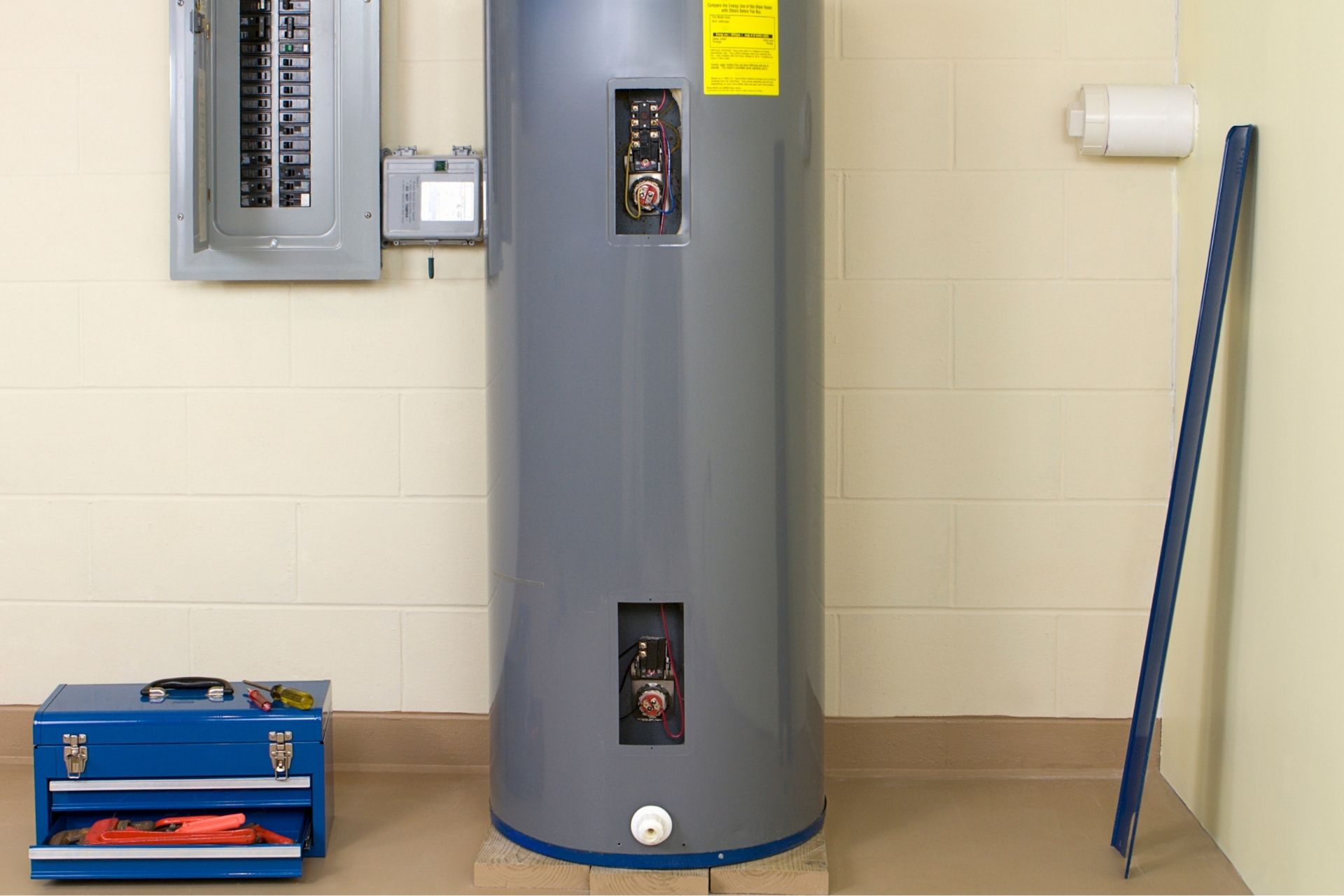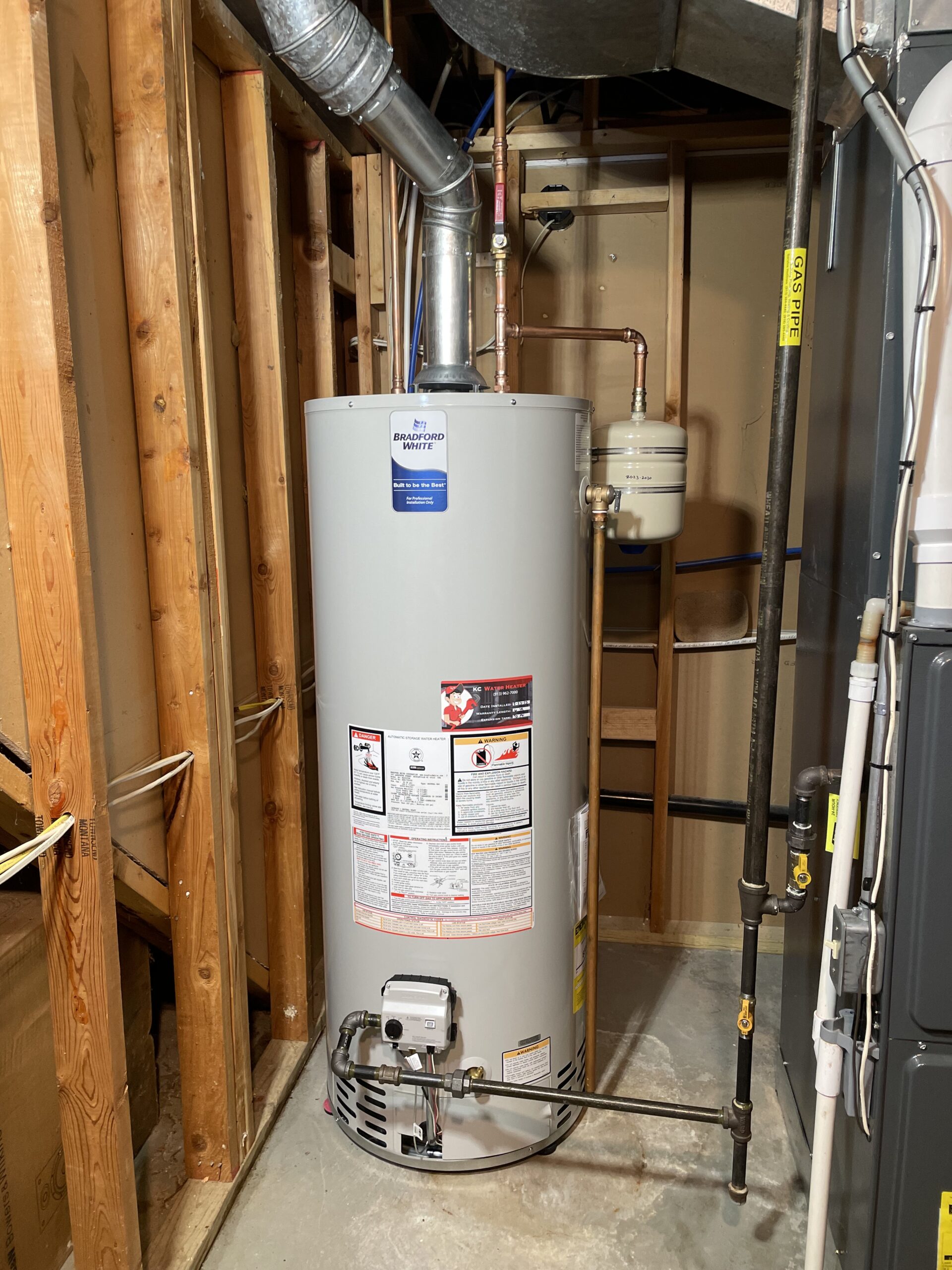Steps to Prolong the Life of Your Home's Hot Water System By Maintenance
Steps to Prolong the Life of Your Home's Hot Water System By Maintenance
Blog Article
Presented here further down you can get additional brilliant data regarding Tips on Maintaining a Water Heater.

Hot water is important for everyday convenience, whether it's for a refreshing shower or washing meals. To guarantee your hot water system runs effectively and lasts much longer, regular upkeep is vital. This short article supplies sensible tips and insights on exactly how to preserve your home's warm water system to stay clear of disturbances and expensive fixings.
Intro
Keeping your home's warm water system could seem complicated, yet with a few basic steps, you can guarantee it runs smoothly for many years to find. This overview covers everything from understanding your hot water system to DIY upkeep pointers and knowing when to call in professional help.
Importance of Maintaining Your Hot Water System
Regular maintenance not only extends the life-span of your warm water system yet additionally guarantees it runs successfully. Ignoring upkeep can cause reduced efficiency, greater power costs, and also premature failure of the system.
Signs Your Hot Water System Demands Upkeep
Recognizing when your warm water system needs attention can prevent major concerns. Keep an eye out for indications such as inconsistent water temperature, strange sounds from the heating system, or corroded water.
Flushing the Water Heater
Flushing your hot water heater gets rid of debris build-up, improving efficiency and prolonging its life.
Checking and Changing Anode Rods
Anode poles protect against deterioration inside the container. Evaluating and changing them when worn is vital.
Complicated Problems Needing Professional Help
Examples consist of significant leakages, electric issues, or if your water heater is consistently underperforming.
Routine Specialist Upkeep Perks
Expert maintenance can consist of complete inspections, tune-ups, and making certain compliance with safety criteria.
Examining and Readjusting Temperature Setups
Changing the temperature setups ensures ideal efficiency and safety.
Do It Yourself Tips for Upkeep
You can carry out numerous maintenance tasks on your own to keep your hot water system in leading condition.
Checking for Leakages
Regularly examine pipelines and links for leaks, as these can bring about water damage and greater expenses.
Recognizing Your Hot Water System
Prior to diving into maintenance tasks, it's helpful to comprehend the standard elements of your warm water system. Generally, this consists of the water heater itself, pipelines, anode poles, and temperature controls.
Regular Monthly Upkeep Tasks
Regular regular monthly checks can aid catch small concerns before they rise.
Examining Pressure Alleviation Valves
Evaluating the pressure safety valve ensures it works correctly and stops excessive pressure build-up.
Protecting Pipelines
Protecting warm water pipes lowers warm loss and can conserve energy.
When to Call a Specialist
While DIY upkeep is advantageous, some concerns require expert proficiency.
Final thought
Normal maintenance of your home's warm water system is essential for efficiency, long life, and cost financial savings. By complying with these pointers and knowing when to look for professional assistance, you can make certain a dependable supply of warm water without unanticipated interruptions.
Water Heater Maintenance: The Basics
Maintaining your water heater will ensure it operates efficiently and has a longer lifespan. Neglecting regular maintenance can lead to costly repairs and an even bigger chunk of your savings if you have to replace it sooner than necessary. But there’s good news: Most water heater maintenance tasks are relatively simple and easy for homeowners with basic DIY skills.
Flush the Water Heater
Over time, sediment and minerals can build up in the tank, reducing its efficiency and potentially causing damage. To flush the tank, turn off the power or gas supply, attach a hose to the drain valve near the bottom and open the valve to drain the water until it runs clear. Ideally, flush the tank annually.
Replace the Anode Rod
The anode rod is a sacrificial metal rod that helps prevent corrosion inside the tank. Inspect and replace it every three to five years or per the manufacturer's recommendation. To replace the anode rod, turn off the power or gas supply, drain a few gallons of water from the tank, unscrew the old rod and replace it with a new one. If the anode rod is significantly corroded or covered in calcium buildup, it's a sign the water heater may need to be replaced soon.
Tune-Up
A yearly tune-up can help identify potential issues and ensure your water heater operates at peak efficiency. This typically involves checking the thermostat, burner assembly (for gas heaters) and any other components specified by the manufacturer. During a tune-up, the technician may also clean the burner and adjust the pilot light (for gas heaters) or examine the heating elements (for electric heaters).
How to Maintain Your Water Heater
Insulate the tank. Insulating the tank can improve energy efficiency and reduce heat loss, saving you money on energy bills. You can purchase precut insulation blankets designed specifically for water heaters or use standard fiberglass insulation wrapped securely around the tank. Check the temperature. The recommended water temperature for most households is around 120 degrees Fahrenheit (49 degrees Celsius). Higher temperatures can increase energy costs and potentially cause scalding. Use a kitchen thermometer to check the temperature at the faucet nearest the water heater. Monitor water pressure. Excessive water pressure can strain the water heater and cause leaks or even tank failure. Install a pressure-reducing valve if necessary. The ideal water pressure range is between 60 and 70 PSI (pounds per square inch). Test the temperature and pressure (T&P) relief valve. The T&P relief valve is a safety feature that releases pressure if the tank gets too hot or the pressure builds up too high. Test it annually by lifting the lever and allowing a small amount of water to release. Replace the valve if it doesn't release water or reseal properly. Check for leaks. Regularly inspect the tank, pipes and fittings for leaks or corrosion. Deal with issues promptly to prevent further damage. Even a small leak can lead to significant water damage over time. Consider a tankless water heater. If your traditional tank-style water heater is nearing the end of its lifespan ( typically 10 years), consider replacing it with a tankless water heater. These units heat water on demand, reducing standby energy losses and potentially saving you money on your energy bills. Schedule professional maintenance. While homeowners can perform many water heater maintenance tasks, it's still a good idea to schedule professional maintenance every few years. A plumber or HVAC technician can thoroughly inspect the unit, identify potential issues and ensure it operates safely and efficiently. https://www.homeserve.com/en-us/blog/home-improvement/hot-water-heater-maintanence/

I ran across that piece of writing on Tips on Maintaining a Water Heater while scouting around the internet. Are you aware of another person who is excited by How to Maintain a Hot Water Heater in a Few Simple Steps? Do not hesitate to share it. We treasure your readership.
Call Today Report this page